Advancements in 5G Technology
The rapid deployment of 5G technology in South Korea is a pivotal driver for the communications interface market. With 5G networks offering significantly higher data speeds and lower latency, businesses and consumers are increasingly adopting devices that leverage these capabilities. This transition is expected to enhance the performance of various applications, including augmented reality and smart city solutions. As of 2025, the penetration rate of 5G in South Korea is projected to reach approximately 60%, indicating a robust demand for compatible communications interfaces. The communications interface market is likely to benefit from this technological evolution, as manufacturers strive to develop products that can fully utilize the advantages of 5G connectivity.
Focus on Smart City Initiatives
South Korea's commitment to developing smart cities is driving innovation in the communications interface market. Government initiatives aimed at enhancing urban infrastructure through technology are creating a demand for advanced communication solutions. These initiatives often involve the integration of IoT devices, which require robust communications interfaces to function effectively. As cities like Seoul implement smart traffic management and energy-efficient systems, the need for reliable and efficient communication channels becomes critical. The communications interface market is poised to grow as it supports these smart city projects, potentially increasing market size by 15% over the next few years.
Rising Consumer Electronics Market
The consumer electronics sector in South Korea is experiencing significant growth, which is positively impacting the communications interface market. With an increasing number of households adopting smart devices, the demand for advanced communications interfaces is on the rise. In 2025, the consumer electronics market is expected to reach a valuation of $30 billion, with a substantial portion attributed to smart home technologies. This growth indicates a strong potential for communications interfaces that facilitate connectivity among various devices, enhancing user experience and functionality. As manufacturers innovate to meet consumer expectations, the communications interface market is likely to expand in tandem.
Increased Demand for Remote Communication Solutions
The shift towards remote work and virtual communication has led to a surge in demand for effective communication tools in South Korea. As organizations adapt to new working environments, the need for reliable communications interfaces has become paramount. This trend is reflected in the growing market for video conferencing software and collaboration platforms, which are projected to grow by 25% annually. The communications interface market is responding to this demand by innovating and enhancing user experiences, ensuring seamless connectivity across various devices. This evolution not only supports businesses but also fosters a culture of collaboration and productivity in a remote setting.
Emergence of Artificial Intelligence in Communication
The integration of artificial intelligence (AI) into communication technologies is reshaping the landscape of the communications interface market. In South Korea, AI-driven solutions are being adopted to enhance user interactions and streamline communication processes. This trend is evident in the rise of chatbots and virtual assistants, which are increasingly utilized in customer service and support roles. The market for AI in communications is projected to grow by 20% annually, indicating a strong shift towards intelligent communication solutions. As businesses seek to improve efficiency and customer satisfaction, the communications interface market is likely to evolve, incorporating AI technologies to meet these demands.



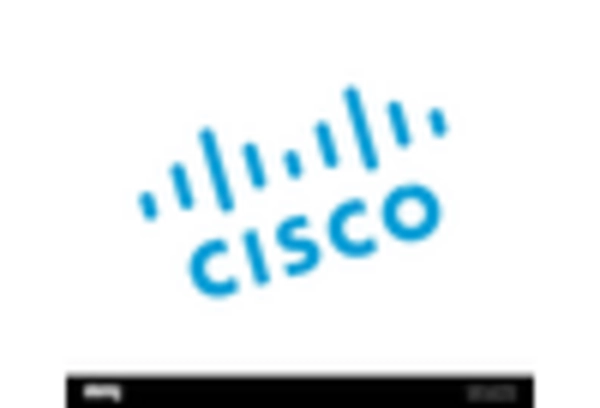
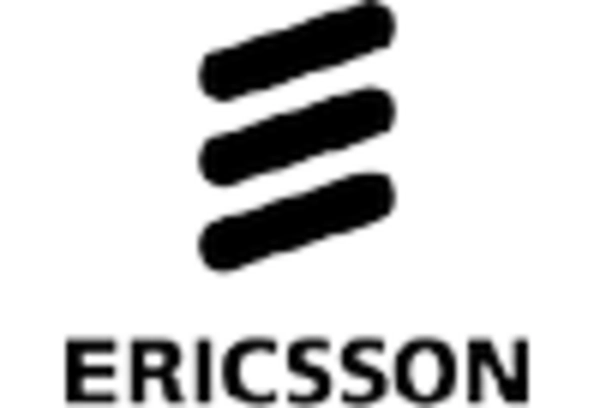
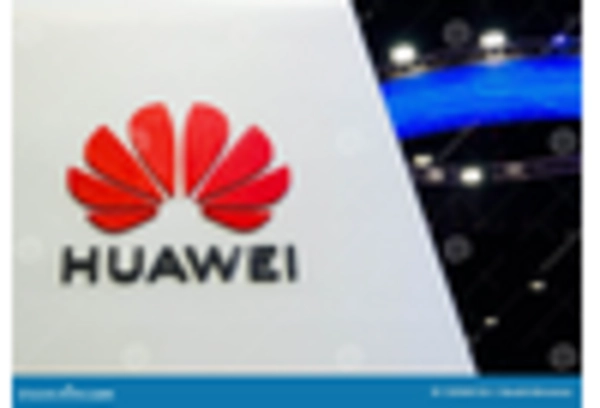
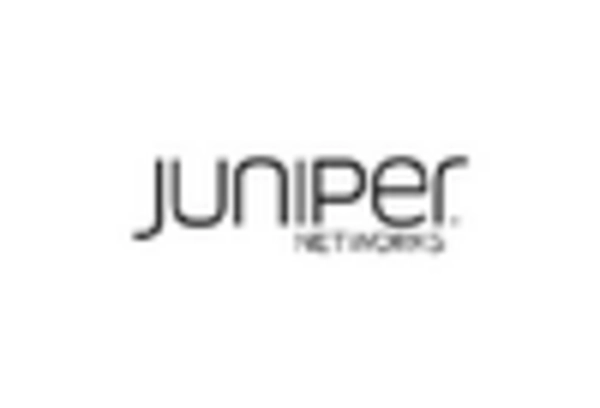
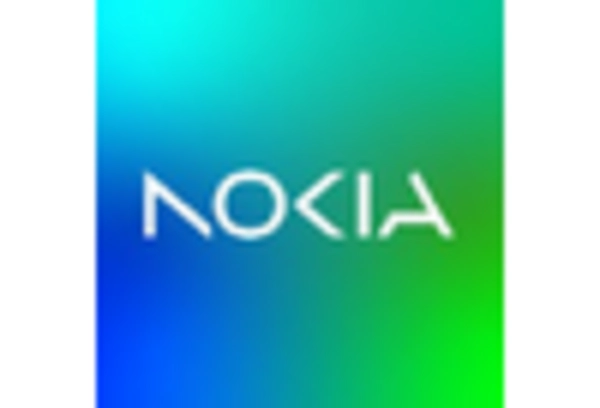
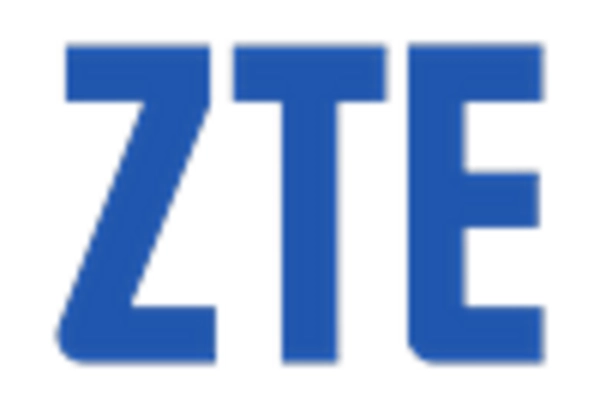








Leave a Comment